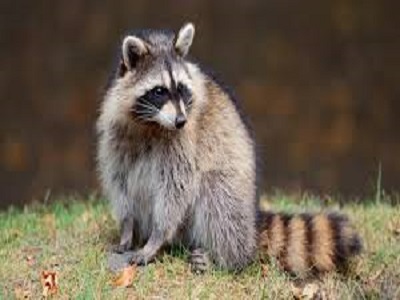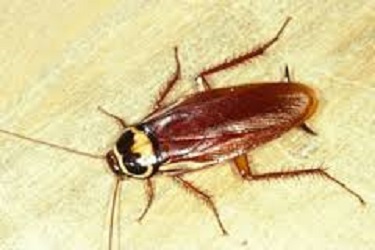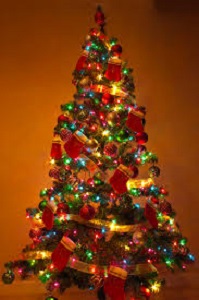
Winter Pests – Some pests will go into hibernation during the winter months while winter pests enter you home looking for a warm place to live and for food sources.
The National Pest Management Association encourages homeowners to take several precautions against winter pests like mice, rates, raccoons, cockroaches, and spiders. Here are some tips that can help.
House Mice
These rodents are the most common encountered. They like to usually nest in dark, secluded areas like attics and basements. They can cause serious damage to drywall and wiring that could start a fire. These mice can contaminate food and spread disease including Salmonella.
Tips:
- Seal cracks and holes on the outside of your home with steel wool and caulk.
- Keep areas clean and store boxes off the floor
- Regularly inspect the home for signs of mice, such as droppings, gnaw marks and damaged food.
Norway Rats
These pests like to live in basements. They will gnaw through almost anything including plastic and lead pipes looking for food or water. These pests also spread diseases.
Tips:
- They can fit through an opening as small as ½ inch. Inspect the outside of your home for any gaps or crack and fill them with silicone caulk.
- Eliminate sources of moisture in your basement or crawl apace.
- Regularly inspect the inside of your home for signs of infestation.
Cockroaches
German cockroaches are the most common breed of cockroach throughout the world. Your home is a perfect place for them to live. They like to live in small areas close to food and moisture. These creatures find their way into your home via grocery bags, boxes and used appliances. Your kitchen and bathrooms is normal where they migrate to. These pests can contaminate food sources and spread diseases.
Tips:
- Always ask for plastic bags when shopping
- Try to keep boxes and used appliances outside for a day if possible in the direct sunlight. These will cause the roaches to leave these areas while outdoors.
- Keep counters and floors as clean as possible of crumbs
- Take out your garage regularly
Raccoons
These animals are commonly found in the wooded eastern portions of the country. They however have become a problem in our areas due to wooded areas we have close by commercial dumpsters. They occasionally will enter the home through the attic or even chimney. Raccoons area major host for rabies.
Tips
- Be sure your outdoors trash cans and recycling bins are sealed. A good idea would be to place them in a locked outdoor shed.
- Inspect the inside of your home for places they can get in, such as broken vent covers.
- Place a mesh cover over your chimney and exposed openings to prevent entry.
- Keep tree branches trimmed back from your home.
Spiders
The brown recluse spider prefers to spin their web in undisturbed places like closets, attics, crawl spaces, and basements. These spiders can bite and inject venom. These spiders are dangerous to humans.
Tips
- Store clothing and shoes in plastic containers
- Keep trees and scrubs trimmed away from the home and cut back limbs overhanging the roof.
We at Southern Pest Control hope this information will be helpful to you as winter approaches. Remember that we are here to help you stay pest free throughout the year. Please call us at 800 527-9832. Our friendly and experienced staff is waiting to help.


